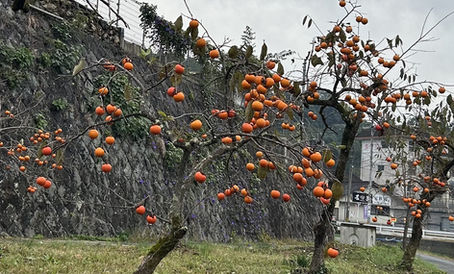Arita ware is white porcelain produced in Arita Town in Saga Prefecture.
- Masahisa Takaki

- Dec 28, 2024
- 1 min read
Updated: Jan 27
Since the beginning of the 17th century, the ceramics produced in Arita and its vicinity had been called Imari ware, because they were shipped from nearby Imari Port. In the 19th century, as the means of transportation changed from sea to train and truck, the porcelain produced in Arita came to be called Arita ware. Arita ware is dating back to the 17th century when a master ceramist from Korea, Lee Sanpei, immigrated to Arita. He produced Japan’s first white porcelain in Arita under the protection of the Nabeshima clan, the daimyo feudal lord of present time Saga Prefecture. The locals in Arita still admire him as a father of Arita ware enshrining his soul at Sueyama Shrine which was built by them. The Nabeshima clan monopolized the production of the white porcelain by strictly confining the ceramists and other specialists in the area. In the middle of the 17th century, thereafter, Sakaida Kakiemon the First created the Kakiemon-style which is characterized by pictorial patterns with refined red glaze leaving an ample blank on milk white base called Nigoshide. The Kakiemon-style was produced mainly for the export to Europe and America having good reputation. It greatly dedicated itself to the establishment of Arita ware’s fame in the world. The first photo shows Sueyama Shrine for Lee Sanpei. The torii gate lantern and other settings are made of porcelain of Arita. The second one is flower base, the pattern of which was drawn by hand by Sakaida Kakiemon the 14th.
Jason Hardy








Comments